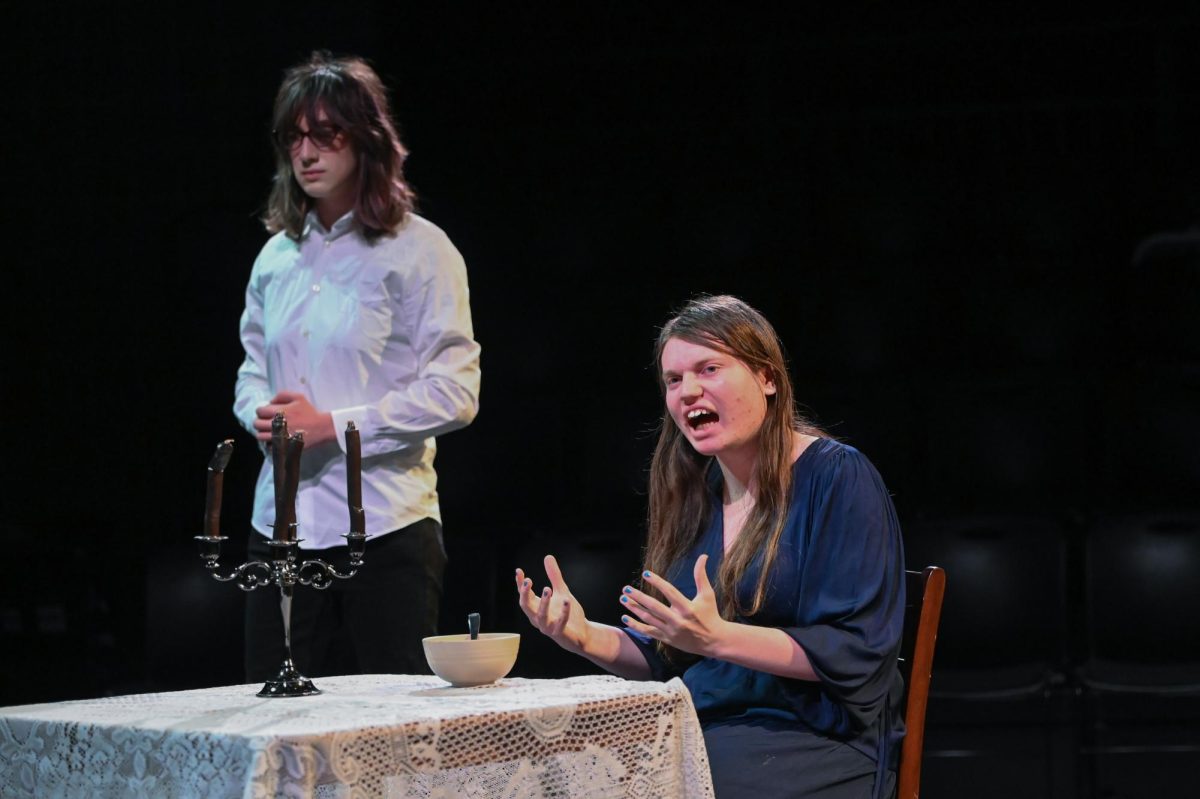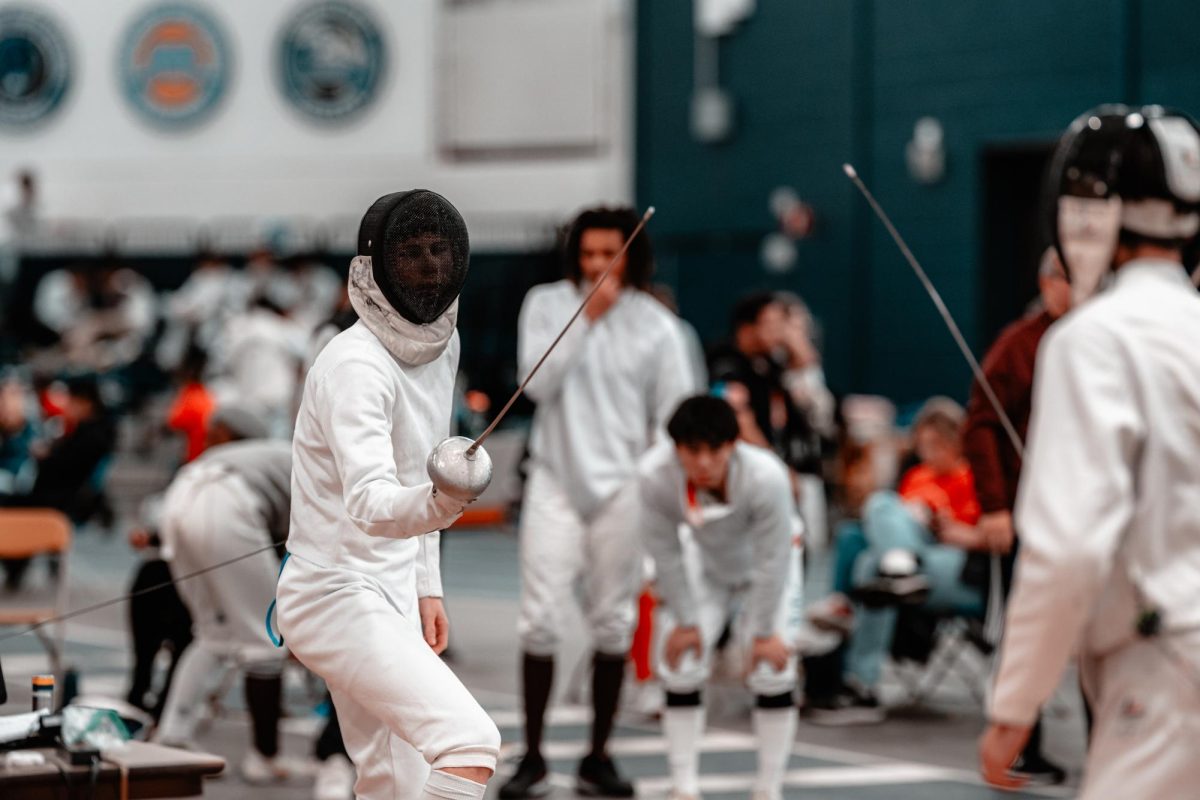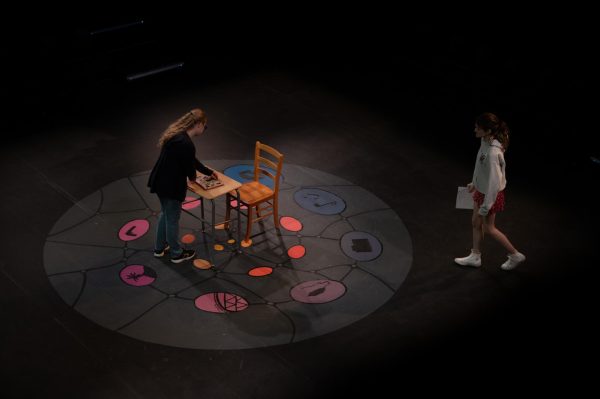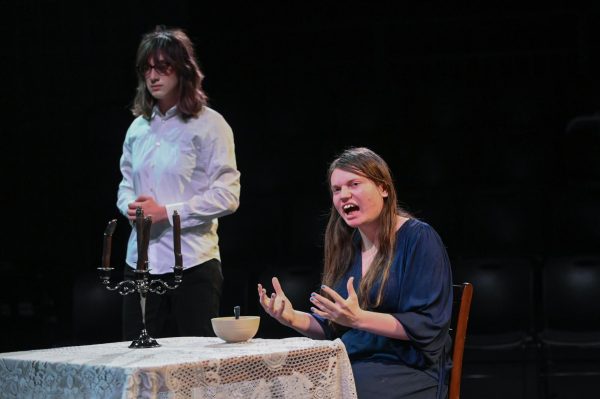Netflix mini-series ‘The Queen’s Gambit’ attracts more than chess lovers
Netflix
British-Argentine actress Anya Taylor-Joy is electric as Beth, bringing growth, maturity, and an undeniable femininity to the character at different ages as she wades into the male-dominated field of chess.
If you haven’t already heard about Netflix’s new mini-series, “The Queen’s Gambit,” which since it premiered Oct. 23 became Netflix’s most popular limited series, having been watched by 62 million households, I’d be surprised.
Based on the novel of the same name by Walter Tevis, the series follows Elizabeth “Beth” Harmon, an orphan-turned-chess-prodigy growing up in the 1960s who struggles with addiction and an intense ambition that builds over seven episodes, making the most of its extended format by taking the time to examine fully its main character.
If nothing else, this series is watchable and has something for everyone: tense chess matches that bring a unique kind of action, a strong character driven narrative, and chic period fashion and set design.
British-Argentine actress Anya Taylor-Joy is electric as Beth, bringing growth, maturity, and an undeniable femininity to the character at different ages as she wades into the male-dominated field of chess.
One reviewer critiqued Taylor-Joy’s Beth as being too self-assured, good-looking, and stylish to tell the story as it’s written in the book, but her magnetism is essential to the show. In fact, Beth encounters the same problem in the sixth episode, “Adjournment,” when she’s asked by a reporter, “What do you say to those in the Chess Federation who accuse you of being too glamorous to be a serious chess player?”
After a slow start in the first two episodes — the drab of the orphanage Beth grows up in is nothing compared to the glitzy tournaments that come later — the series really picks up.
The political, Cold War undertones present throughout the show, with Soviet grandmaster Borgov as her most daunting competition, don’t feel entirely purposeful.
While Beth’s character is fictional, her path to success mimics that of real-life chess master Bobby Fischer who was the U.S. champion around the same time, and made headlines when he beat the Russian champion. Ironically, he made several comments throughout his career that women were incapable of competing at a high level.
A beautiful orchestral, piano-forward score composed by Carlos Rafael Rivera tracks throughout the entire series, tying together important moments and serving as an essential part of what makes the chess sequences as engaging as they are. No small feat.
Those who do know chess — it’s not necessary in order to enjoy the show — should pay attention to the details. I found myself pausing during the matches to look at the board and keep track of the moves.
The show has ignited a major chess boom, especially among girls and women. The popular website chess.com has reported a record number of players and even developed game engines based on Beth’s character at different ages. (I’ve beaten the 8-, 9- and 10-year-old, but 15-year-old Beth is proving to be a bit of a challenge.)
Not only is “The Queen’s Gambit” an easy series to binge-watch over a few nights, but it can also be the first step into the world of chess — a worthwhile quarantine activity.

































































